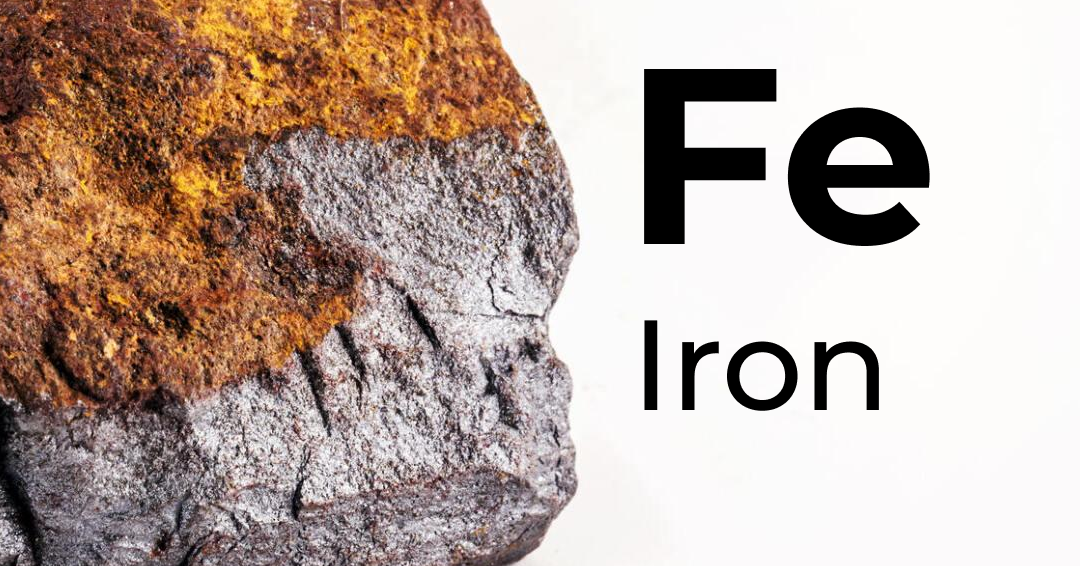
Restless legs syndrome is a common condition where people feel the urge to move their legs, especially in the evening and at night. This can make it hard to sleep well. Many people with Restless legs syndrome have low iron levels in their blood, which may be a possible cause of the condition.
Occurrence and Age Group
Restless legs syndrome is a common condition, affecting about 7% to 10% of people. Women are more likely to have Restless legs syndrome than men. The prevalence increases with age, especially in adults over 40, where it can be as high as 18–23%.
It is also found in children and teenagers, affecting 1–4% of this age group. Most people with Restless legs syndrome have mild to moderate symptoms, while only around 1–3% have severe and frequent symptoms.
A recent study suggests that around 5–8% of the general population worldwide may have Restless legs syndrome, with most people experiencing mild symptoms. As people age, Restless legs syndrome symptoms tend to become more common.
Features of Restless legs syndrome
Restless legs syndrome has several features including an irresistible urge to move the legs, occurrence at rest, relief in part or whole by movement. Symptoms are usually worse in the evening. While RLS mainly affects the legs, it can also be felt in other body parts.
5 key features for diagnosis
- An irresistible urge to move the legs, usually but not always accompanied by uncomfortable and unpleasant sensations in the legs.
- Symptoms that begin or worsen during periods of rest or inactivity, such as lying down or sitting.
- Symptoms are partially or totally relieved by movement, such as walking or stretching, at least if the activity continues.
- Symptoms only occur or are worse in the evening or night than during the day; and
- The occurrence of the above features is not solely accounted for symptoms of another medical or behavioural condition.
- (recommended by International Restless Legs Syndrome Study Group)
Role of Iron in Restless legs syndrome
When data from seven trials were studied to compare the effect of iron on restless legs syndrome against the placebo, iron showed better improvement in 7 studies with 345 participants, measured 2 to 12 weeks after treatment.
Neurotherapeutics. 2021; 18(1): 140–155.
Cochrane Database Syst Rev. 2019; 2019(1): CD007834.
Sleep Med. 2017; 31: 61–70.
